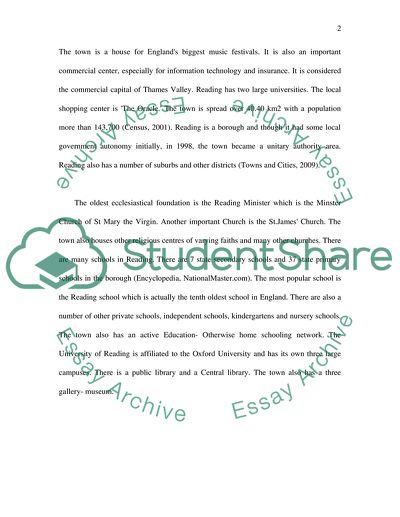Cite this document
(Health Needs Assessment: Reading Borough, Berkshire, UK Assignment, n.d.)
Health Needs Assessment: Reading Borough, Berkshire, UK Assignment. Retrieved from https://studentshare.org/social-science/1720625-professional-issues-in-health-health-needs-assessment
Health Needs Assessment: Reading Borough, Berkshire, UK Assignment. Retrieved from https://studentshare.org/social-science/1720625-professional-issues-in-health-health-needs-assessment
(Health Needs Assessment: Reading Borough, Berkshire, UK Assignment)
Health Needs Assessment: Reading Borough, Berkshire, UK Assignment. https://studentshare.org/social-science/1720625-professional-issues-in-health-health-needs-assessment.
Health Needs Assessment: Reading Borough, Berkshire, UK Assignment. https://studentshare.org/social-science/1720625-professional-issues-in-health-health-needs-assessment.
“Health Needs Assessment: Reading Borough, Berkshire, UK Assignment”, n.d. https://studentshare.org/social-science/1720625-professional-issues-in-health-health-needs-assessment.


